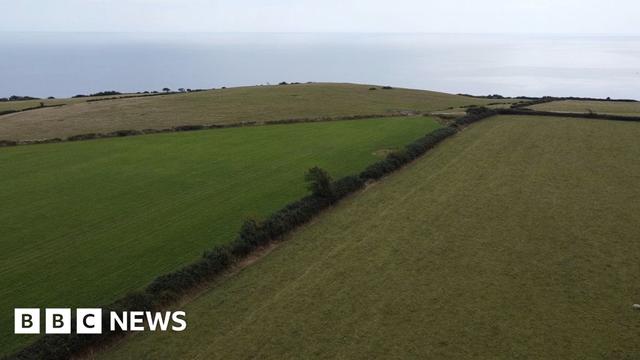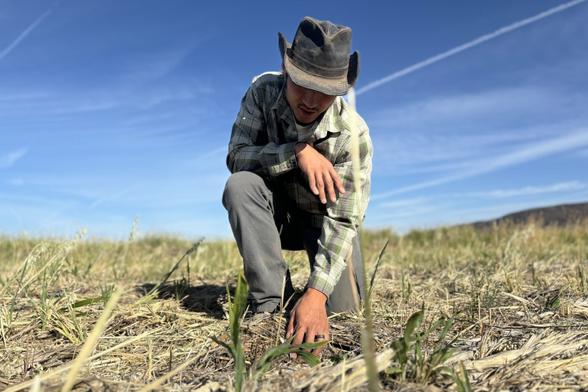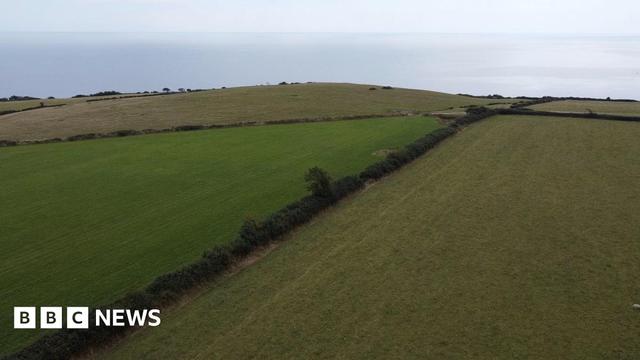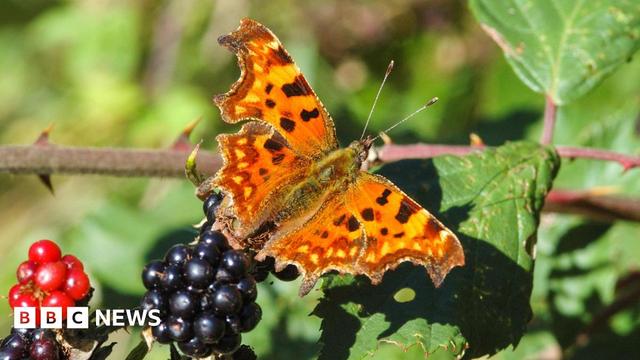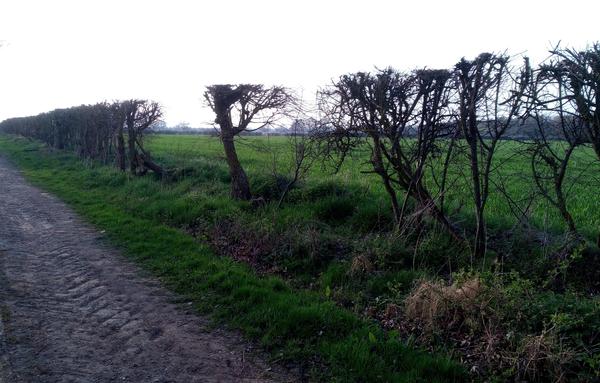Could This #Arizona Ranch Be a Model for #Southwest Farmers?
Oatman Flats has undergone a dramatic transformation, becoming the Southwest’s first #Regenerative #Organic Certified farm and a potential source of ideas for weathering #ClimateChange.
" 'We embraced the abundance of #heirloom and native crops in the #SonoranDesert,' Hansen said. 'We are looking at the land and asking it what we should grow, rather than asking the land to grow what we want.' " - Dax Hansen, owner of Oatman Flats Ranch.
By Samuel Gilbert
May 12, 2025
Excerpt: "Regeneration Rooted in #Indigenous Practices
"Southern Arizona’s rich agricultural history stretches back more than 5,000 years. By 600 CE, the Hohokam people were constructing North America’s largest and most elaborate irrigation systems along the Salt and Gila Rivers. The descendants of the Hohokam—the Pima and Tohono O’odham—continued to farm the land up to and after the arrival of the Spanish, who began to colonize southern Arizona in the 1600s. They continue to farm in Arizona today.
"At the Tohono O’odham Indian Reservation, about two hours southeast of Oatman Flats, the San Xavier Co-op Farm uses historic land management practices and grows traditional crops that reflect their respect for the land, plants, animals, elders, and the sacredness of water.
"San Xavier Farm Manager Duran Andrews and his team plant #CoverCrops, rotate fields, and collect #rainwater.
" '[Regenerative agriculture] is nothing new to us,' Andrews said. 'We have been doing this for decades. Harmony between nature and people has been our approach all the time.' Rotating fields and cultivating multiple mutually beneficial species in the same fields improves water and soil quality and biodiversity in this harsh landscape.
" 'You’ve seen what the land looks like in five years; imagine it in 10. If we can do it here, we can do it anywhere.'
"The co-op grows a variety of native crops that were developed in the region and cultivated for centuries or, in some cases, millennia, such as grains and beans, which they sell online. 'We irrigate them till they sprout, then cut them off till the monsoon shows up,' Andrews said. 'We try to keep crops in that hardy state through all the years and decades they have been here. We try not to get away from how things were done in the past.'
"They also grow White Sonora wheat, introduced to Arizona by Spanish Jesuit missionaries in the 1600s. 'It was a gift from Father Kino that we have taken as our own,' Andrews said. 'The [San Xavier] community was one of the first to grow this wheat.'
"Following the Mexican-American War in the mid-1800s, the United States claimed parts of modern-day Arizona, New Mexico, California, Nevada, and Utah. The Anglo ranchers who moved into the area dug canals to irrigate agricultural fields, transforming the landscape. An 1852 watercolor by surveyor Jon Russell Bartlett depicts a verdant valley with cottonwoods and mesquite trees lining a flowing Gila River as it passes through Oatman Flats Ranch.
"That landscape is unrecognizable today. The lower Gila has gone bone dry after years of upstream diversions, dams, water overuse, and climate change. In 2019, the Gila River earned the title of Most Endangered River by the nonprofit advocacy group American Rivers.
"Standing on the sandy Gila riverbed, which divides the north and south farms of Oatman Flats Ranch, Wang pointed to the nearby invasive salt cedars. Healing the land involves rebuilding the water, nutrient, and carbon cycles from the ground up, 'at the micro level,' he said. 'On the macro level, it’s broken.'
"The ranch team has poured resources into rebuilding soil health by planting #hedgerows and 30-plus species of cover crops, at a cost of approximately $100,000. The hedgerows, mostly native trees, were planted along the edges of the fields to reduce erosion and provide habitat for beneficial species, including #pollinators such as #bees and #hummingbirds.
"The cover crops — #millet, #chickpeas, #sunflowers, #sorghum, sudan grass, broadleaves, and #NativeGrasses among them—are planted immediately after harvesting wheat, to provide 'soil armor,' help conserve water, fix nitrogen in the soil, suppress weeds, attract beneficial insects, and sequester carbon. The once-barren land now supports life for more than 120 species of flora and fauna."
Read more:
https://civileats.com/2025/05/12/could-this-arizona-ranch-be-a-model-for-southwest-farmers/
#SolarPunkSunday #RegenerativeAgriculture #RegenerativeFarming #RestorativeAgriculture #ClimateChangeFarming
